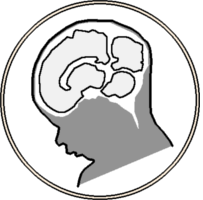Sui, Yao, Onur Afacan, Ali Gholipour, and Simon Warfield. 2021. “MRI Super-Resolution Through Generative Degradation Learning”. Med Image Comput Comput Assist Interv 12906: 430-40.
Abstract
Spatial resolution plays a critically important role in MRI for the precise delineation of the imaged tissues. Unfortunately, acquisitions with high spatial resolution require increased imaging time, which increases the potential of subject motion, and suffers from reduced signal-to-noise ratio (SNR). Super-resolution reconstruction (SRR) has recently emerged as a technique that allows for a trade-off between high spatial resolution, high SNR, and short scan duration. Deconvolution-based SRR has recently received significant interest due to the convenience of using the image space. The most critical factor to succeed in deconvolution is the accuracy of the estimated blur kernels that characterize how the image was degraded in the acquisition process. Current methods use handcrafted filters, such as Gaussian filters, to approximate the blur kernels, and have achieved promising SRR results. As the image degradation is complex and varies with different sequences and scanners, handcrafted filters, unfortunately, do not necessarily ensure the success of the deconvolution. We sought to develop a technique that enables accurately estimating blur kernels from the image data itself. We designed a deep architecture that utilizes an adversarial scheme with a generative neural network against its degradation counterparts. This design allows for the SRR tailored to an individual subject, as the training requires the scan-specific data only, i.e., it does not require auxiliary datasets of high-quality images, which are practically challenging to obtain. With this technique, we achieved high-quality brain MRI at an isotropic resolution of 0.125 cubic mm with six minutes of imaging time. Extensive experiments on both simulated low-resolution data and clinical data acquired from ten pediatric patients demonstrated that our approach achieved superior SRR results as compared to state-of-the-art deconvolution-based methods, while in parallel, at substantially reduced imaging time in comparison to direct high-resolution acquisitions.
Last updated on 02/27/2023
